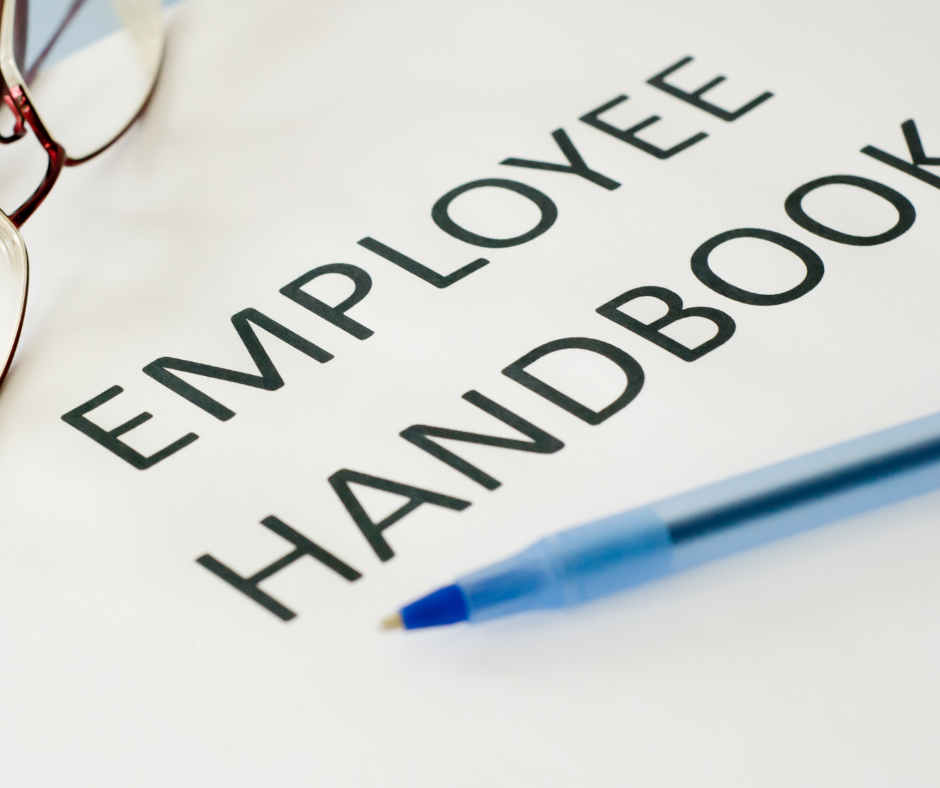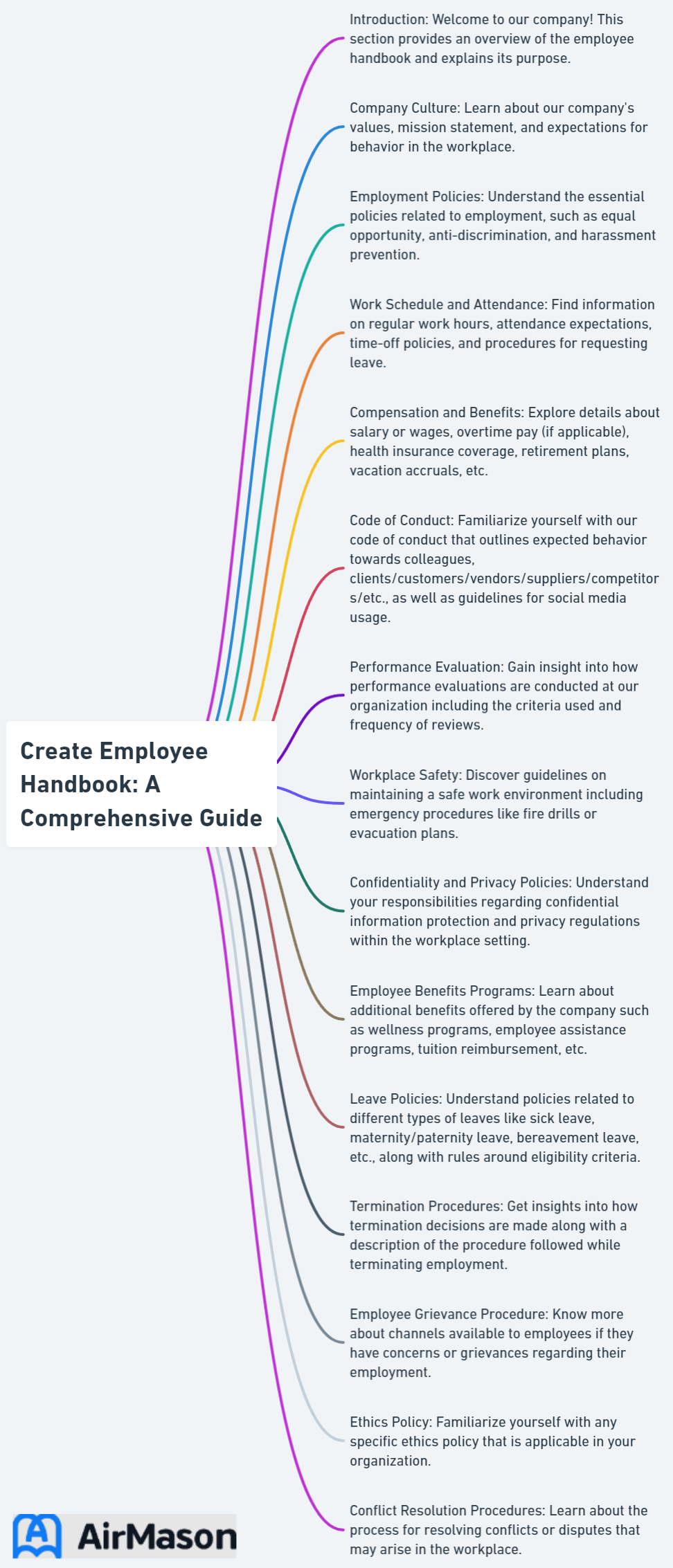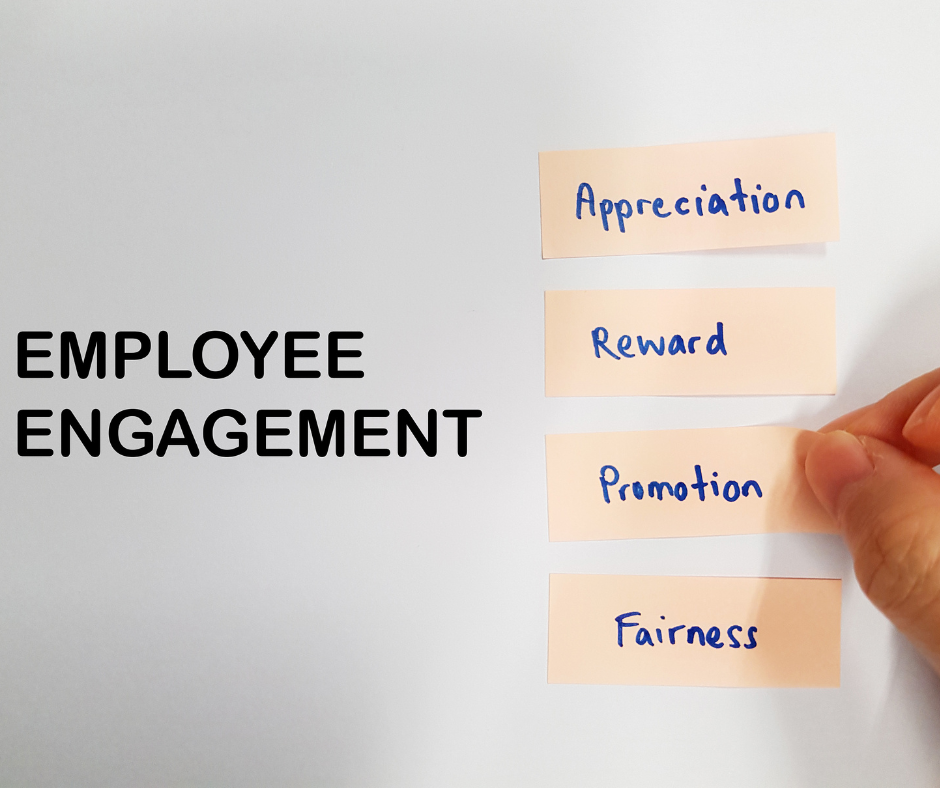
An employee handbook is more than just a document; it’s a gateway to your company’s culture, values, and expectations. In today’s ever-changing work environment, crafting a comprehensive and effective employee handbook is crucial for the success of your organization. But how can you create an employee handbook that not only informs employees but also engages and empowers them? This blog post will uncover the secrets to crafting the ultimate employee handbook that reflects your company’s unique identity and keeps everyone on the same page.
We’ll dive deep into the importance of employee handbooks, the key components that make them effective, and the steps to customize them according to your company’s specific needs. Additionally, we will explore various templates and tools to create a user-friendly and engaging handbook, as well as share tips on distribution, accessibility, and employee acknowledgment. Let’s begin this exciting journey towards crafting the perfect handbook, as we learn how to create employee handbook essentials that will become an integral part of your organization’s success.
Key Takeaways
- Employee handbooks are essential for employer-employee communication, setting expectations and providing legal defense.
- An effective employee handbook should include components related to company mission, workplace policies, benefits & compliance with employment laws.
- Creating a tailored user-friendly document that is regularly reviewed and distributed among employees is key for its effectiveness.
Understanding the Importance of an Employee Handbook
Employee handbooks serve as a critical communication tool between employers and employees, paving the way for a harmonious and productive work environment. They facilitate clear communication, establish expectations, and ensure no essential policies and responsibilities are overlooked. Moreover, a well-crafted employee handbook can effectively convey your company’s mission, regulations, and expectations to its personnel, fostering a sense of purpose and direction.
Furthermore, a comprehensive employee handbook can serve as a robust line of defense against legal actions initiated by current or former employees. Minimizing the risk of legal disputes and creating a safe, inclusive work environment is achievable through adherence to federal, state, and local workplace laws. It’s evident that the benefits of having an employee handbook are numerous, making it an indispensable asset for businesses of all sizes.

Employee Handbook for Non-Profit
Crafting an effective employee handbook for non profit organizations is essential for fostering a positive and cohesive work environment. An employee handbook for non-profit entities serves as a comprehensive guide, outlining organizational values, policies, and expectations. In developing your “employee handbook for non-profit,” it’s crucial to tailor the content to align with the unique mission and culture of your organization. Covering topics such as code of conduct, ethical standards, and specific non-profit regulations, this handbook becomes a valuable resource for both employees and management. By addressing the distinctive aspects of working within a non-profit setting, the employee handbook plays a pivotal role in promoting a shared understanding and commitment among staff members.
Key Components of an Effective Employee Handbook
An effective employee handbook consists of essential elements that address:
- Company mission
- Workplace policies
- Employee benefits
- Legal compliance
In the following subsections, we will delve deeper into each of these key components and provide insights on how to include them in your employee handbook.
Company Mission and Values
Outlining your company’s mission in the employee handbook serves as a foundation for creating a strong company culture. By clearly defining your company’s objectives and principles, you can instill a sense of pride and belonging among your team, ultimately driving them towards achieving your organization’s goals. Including the history and mission statement in the handbook further solidifies this foundation. The employee handbook builder from AirMason is worth checkign out to help you create this.
To achieve this, include a dedicated section in your employee handbook that explicitly states your company’s mission, values, and goals. This section should be placed at the beginning of the handbook, providing employees with a clear understanding of your company’s identity and guiding principles. This approach lays the groundwork for a unified workforce sharing a common vision and purpose.
Workplace Policies and Procedures
Establishing comprehensive workplace policies and procedures is crucial for guiding employee behavior and maintaining a safe and productive work environment. These policies should be tailored to your company’s unique requirements and the industry you operate in, ensuring their relevance and effectiveness.
Include details regarding:
- Work hours
- Dress code
- Overtime policies
- Travel and reimbursement
- Other important topics
Ensure that your policies are in compliance with applicable federal, state, and local laws, and provide employees with a clear understanding of their rights and responsibilities.
Incorporating well-defined workplace policies and procedures in your employee handbook creates a strong foundation for a harmonious and efficient work environment.
Employee Benefits and Perks
A key aspect of attracting and retaining top talent is offering a competitive package of employee benefits and perks. A strong message about your commitment to employee well-being and career development is conveyed by clearly detailing these offerings in your employee handbook.
Your employee handbook should include information on health insurance, retirement plans, and other incentives such as wellness programs or flexible work schedules. Be sure to outline the criteria for eligibility and the process for accessing and maintaining these benefits. By providing a comprehensive overview of your company’s benefits and perks, you can ensure that employees are well-informed and motivated to grow within your organization, including those in health administration roles.
Legal Compliance and Employment Laws
Compliance with relevant employment laws and regulations is paramount in protecting both your company and its employees. Your employee handbook should be up-to-date with all applicable federal, state, and local workplace laws to minimize the risk of legal disputes and maintain a healthy employment relationship.
It is essential to include sections on:
- Equal employment opportunity
- Anti-discrimination
- Anti-harassment, including sexual harassment
- Labor laws
- Any other pertinent legal requirements
Ensuring your employee handbook adheres to the latest legal standards creates a secure and legally compliant work environment for all employees.
Customizing Your Employee Handbook
While templates, such as an employee handbook template, and employee handbook examples can serve as a starting point, it is vital to customize your employee handbook to reflect your company’s unique culture, industry, and specific needs. A generic template may not effectively articulate your distinct business policies and procedures, potentially leaving your company exposed to potential employee lawsuits.
To customize your employee handbook, follow these steps:
- Review and revise your current company policies.
- Identify and incorporate essential policies.
- Develop additional policies specific to your company.
- Ensure that your handbook reflects your company’s culture and values.
- Consider industry-specific requirements to guarantee adherence and address the specific needs and challenges of your industry.
Customizing your own employee handbook and creating employee handbooks that are truly tailored to your organization make for the best employee handbook for your needs. An employee manual can serve as a valuable reference for both new and existing employees.
Creating a User-Friendly and Engaging Employee Handbook

A user-friendly and engaging employee handbook is more likely to be thoroughly read and understood by your employees. To achieve this, use clear language, incorporate visuals, and maintain a well-organized layout.
Consider employing a conversational writing style and incorporating high-quality visuals to help convey important information and keep readers engaged. Additionally, ensure that the handbook is easy to navigate by creating a comprehensive table of contents and dividing content into smaller sections with appropriate headings.
Making your employee handbook user-friendly and engaging increases the likelihood that new employees will read, understand, and adhere to your company’s policies and procedures.
Reviewing and Updating Your Employee Handbook

Regularly reviewing and updating your employee handbook is essential to keep it current with changes in laws, regulations, and company policies. An outdated handbook may not accurately reflect how things operate within your company, potentially leading to confusion and legal issues.
It is recommended to revise your employee handbook at least once a year and review it twice a year. This ensures that your handbook remains compliant with any changes in laws, regulations, and company policies, providing a reliable source of information for your employees. Diligently reviewing and updating your employee handbook ensures that it remains a valuable and up-to-date resource for your organization.
Utilizing Templates and Tools for Employee Handbook Creation

While customization is crucial, utilizing templates and tools can help streamline the process of creating a professional and comprehensive employee handbook. These resources can assist in organizing content, adhering to legal standards, and incorporating your company’s branding and unique requirements.
Several tools and platforms that offer templates and features designed to facilitate the creation of employee handbooks include:
- Paychex
- Canva
- Trello
- Blissbook
- Workest by Zenefits
While using these resources, it is essential to remember to customize the content to fit your company’s specific needs and requirements. Leveraging templates and tools simplifies the process of creating an employee handbook while still tailoring it to your organization’s unique needs.
Distribution and Accessibility of Your Employee Handbook

Ensuring your employee handbook is easily accessible to all employees is crucial for its effectiveness. By making the handbook available both digitally and in print, you cater to a variety of employee preferences and working styles.
Keep employees informed of any updates or changes to the handbook by notifying them through email or other communication channels. This not only ensures that employees are aware of the most recent policies but also fosters a culture of transparency and open communication within your organization.
Prioritizing the distribution and accessibility of your employee handbook ensures that it remains a valuable and accessible resource for all employees.
Employee Acknowledgment and Understanding

An employee acknowledgment section is an essential part of your employee handbook. This section allows employees to sign and confirm that they have read and understood the contents of the handbook, ensuring that they are aware of company policies and expectations.
Include an acknowledgment form at the end of the handbook, which employees can sign and return to your Human Resources department. This not only validates that employees have been informed of the handbook’s contents, but also serves as a record of their understanding and agreement to adhere to your company’s policies.
Incorporating an employee acknowledgment section creates a tangible record of your employees’ understanding and commitment to your company’s values and policies.
Summary
In conclusion, crafting a comprehensive and effective employee handbook is an essential task for any organization. By ensuring that your handbook includes key components such as company mission, workplace policies, employee benefits, and legal compliance, you create a valuable resource for your employees. Additionally, customizing your handbook to reflect your company’s unique culture, industry, and specific needs, as well as making it user-friendly and engaging, ensures that it remains relevant and effective.
Remember to regularly review and update your employee handbook to keep it current with changes in laws, regulations, and company policies. Utilize templates and tools for assistance, but always prioritize customization to fit your organization’s needs. By following these guidelines, you can create an employee handbook that not only informs and guides your employees but also lays the foundation for a successful, harmonious, and productive workplace.
Frequently Asked Questions
What is the best program to create and employee handbook?
Visme is the best program to create and employee handbook, providing professional presentation features and top-tier organizational process documentations.
Does Word have a handbook template?
Yes, Word has a handbook template: the Employment Handbook Template for Word. It helps companies create a clear, well-organized, and professional-looking employee manual or handbook.
How often should I update my employee handbook?
It is recommended to revise your employee handbook at least once a year and review it twice annually.
What are the key components of an effective employee handbook?
An effective employee handbook should include a clear company mission, comprehensive workplace policies, detailed employee benefits, and strict legal compliance.
How can I make my employee handbook user-friendly and engaging?
Make your employee handbook user-friendly and engaging by using clear language, incorporating visuals, and ensuring a well-organized layout.